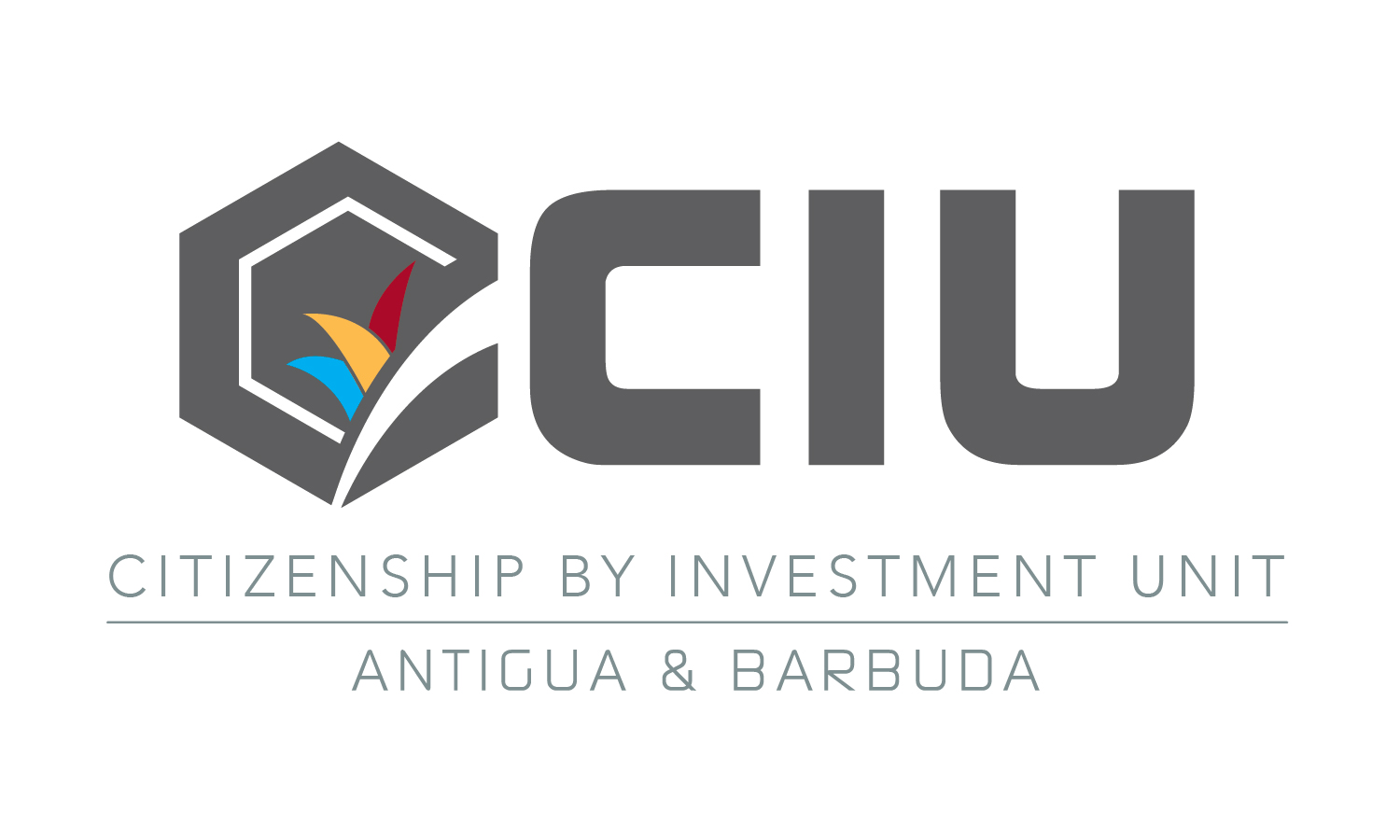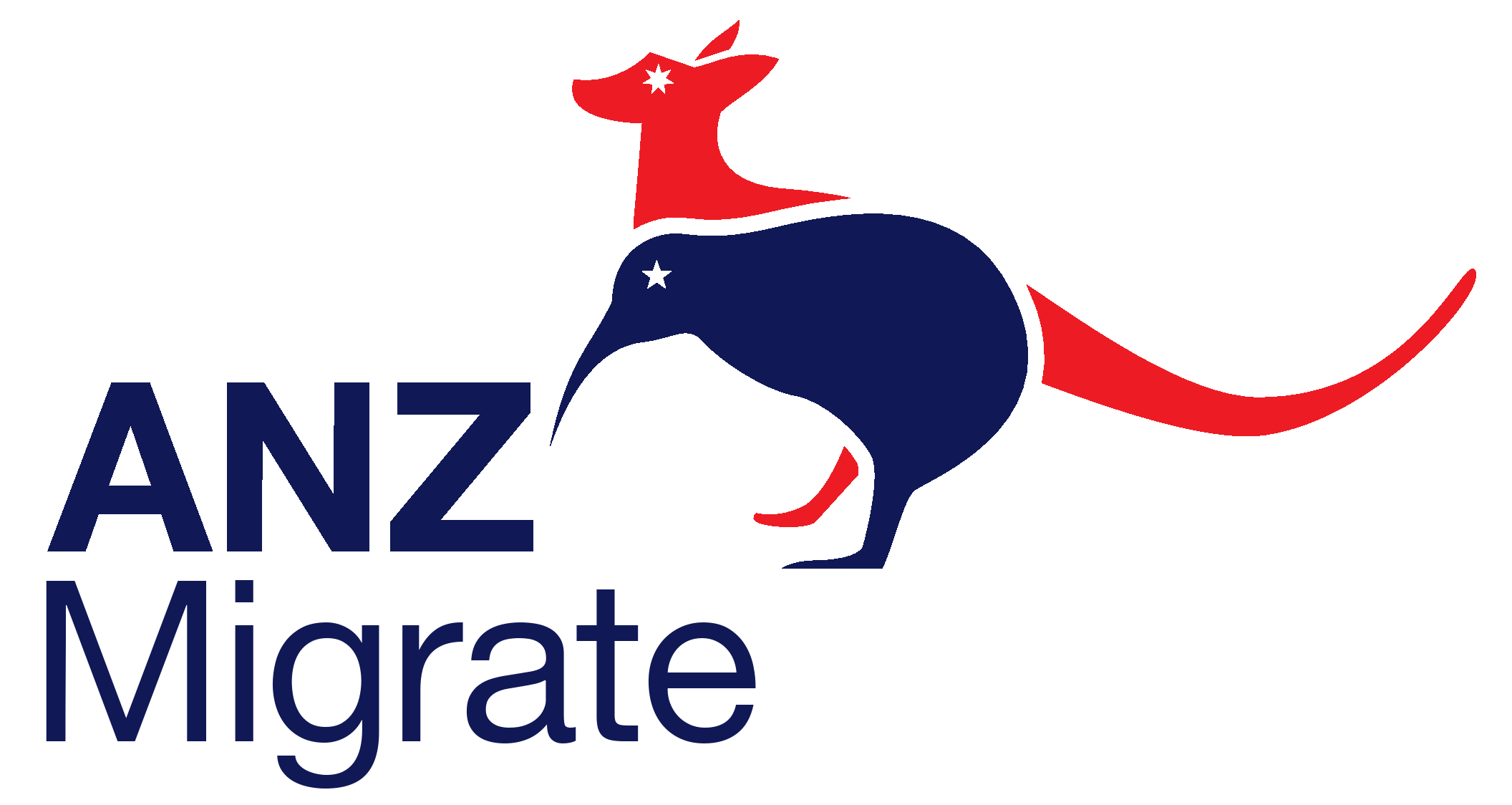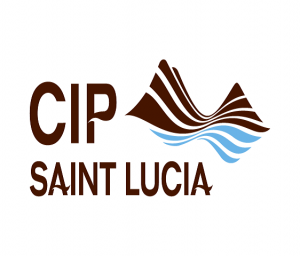Report: IM Yearbook 2019/2020
Media: Investment Migration Yearbook 2019/2020
Sector: Investment Migration
Publication Date: June 2019
What it takes to build an Efficient RCBI Programme
For the past four years, I have been reviewing most of the world’s business migration schemes. Every year I analysed and dissected 100 such programmes for our database and our reports. All that knowledge enabled us to understand trends in the industry, mechanisms behind the programmes, and which nationals are drawn to what programme. It also allowed us to predict which investment migration programmes will be successful and which will struggle to gather momentum. In our latest Government Report , we wrote about how governments can use investment migration to strengthen their economy. The report spans 100 pages, but I will try to summarise it.
Stéphane Tajick, President and Chief Advisor of STC, highlights what governments should keep in mind when designing an investment migration programme.
What’s your country’s economic need?
Eight of the ten countries with the worst Current Account Balance in the world have a CBI programme. This, of course, is not a consequence of the programmes, but rather the reason why a CBI came to be. It generally takes a large amount of political sacrifice to launch a CBI, but it can be justified when it substitutes drastic austerity measures. All investment migration programmes should be built based on specific economic needs of a country. It is important to assess those needs and build a programme that makes sense. A high amount of government debt and high unemployment are the most common woes that governments want to tackle. In most cases, efficient RCBI programmes can help heal the country’s economy if they are backed by logic and data. Understandably, CBI programmes have a greater impact in small countries, given that an additional revenue of $200m a year affects smaller economies more than larger ones. It is also important to consider regional needs within a country, since disparity can exist. Certain regions have stronger pull factors than others, which could affect the goal of any policy. For example, in Spain the need for real estate investment was pressing after the 2008 financial crisis. The investor programme with a real estate option was created in 2013. However, over the years, the number one investment destination was Barcelona, the region that needed it the least, and where people today suffer from housing unaffordability. This means that assessing regional needs, and making sure that push and pull factors are addressed, is immensely important.
Tracking performance
Every serious investment is tracked and assessed along the way. Investment in an RCBI programme should be no different, especially when it’s made to be an economic development policy. Tracking performance is not only important to assess if the policy is working, but also to optimise its impact and to make sure it doesn’t overheat certain markets. For example, an entrepreneur programme created to address high unemployment should start lowering its output once unemployment starts approaching the desired number. The example of Barcelona and the Spanish investor programme showed that untracked performances could also have a negative impact on the economy, because in this case the real estate market overheated. It should be noted that the Barcelona property market didn’t overheat because of the investor programme; nevertheless, the investor programme should prevent investment in overheated property markets. Therefore, tracking price indices is as important as implementing quotas, for the policy to have the desired effect. Meanwhile, whatever your country is offering in exchange of investment must be competitive in the global market. A CBI programme of a country with a poor passport in terms of visa-free travel will not gather much revenue. At the same time, it will be hard for a country to attract innovative start-ups if it is not ranked high as a place to do business in.
High level of transparency and due diligence
Investment migration has been under a lot of criticism in the last few years, most of which is unfounded and unfair. The EU parliament singled out RCBI schemes as a security risk, although these apply a higher level of due diligence than any other residence or citizenship pathway. It’s becoming a norm to have four-tier due diligence system applied to any programme. Transparency about the number of applicants and investment received should also become a norm. One thing we advise governments to do is to follow the Quebec model of adding an extra layer of defense by having solid intermediaries between the government agency and the applicants. In the case of the Quebec Immigrant Investor Program, these are financial intermediaries that serve the purpose of filtering applications, holding the investment funds in escrow and marketing the programme.
Pricing and market research
It’s important for every government to do its research on competing RCBI products before launching their own programme. Like any product, it should be priced based on production costs and market price. Market price can be obtained by comparison with similar countries; after that it really depends on the production level – are you looking for 100 applicants a year or 1,000? But production costs are much more obscure when it comes to a RCBI product. There are direct costs associated with it, such as processing the application, marketing the programme, due diligence on files and so on. Then there are other costs that are more abstract, such as the cost of having an extra citizen. An easy estimate is to take the government budgets at different levels for the year and divide these by the population. That’s a high number, but it’s the benchmark I use for RCBI programmes that are supposed to have positive economic impacts. Factors such as whether a country is providing free university and health care also need to be taken into consideration when fixing eligible ages for children and parent dependents.
Someone needs to make money in order to sell your programme
In order for the investment migration industry to promote a RCBI programme, it needs to be profitable for them. It’s not a question of greed; working on a new programme takes considerable investment. The industry needs to know it’s going to be profitable for them to do so. This is a key aspect that was overlooked for many years, and makes a significant difference in terms of the popularity of a programme. Commission is a possibility, but not the only one. The Quebec Immigrant Investor Programme, for example, allowed financial intermediaries to offer financing to investors, and by providing those services, they were able to earn significant revenue that made the programme particularly attractive to them. They were, in turn, able to commission immigration consultants that send them clients. Besides, for large firms scalability plays a role. Five to ten applicants are not enough to support the investment they need to enter a new programme, while the potential to duplicate administrative and application processes is important. Entrepreneur and start-up programmes often lack this, since most of them require a custom-built business plan.
Avoiding sudden changes
A few years ago, the UK tier 1 investor programme was amended, and had its investment amount increased from £1m to £2m. This sudden price change led to a collapse in demand during the following year. It took a few years for the demand to recover, and this after an important loss in earnings. At this point, it should be said that the decision in itself to increase the amount is not subject to debate. Rather, it’s about how they went on to implement those changes. 21st century policy-making is not only about making the right policies, but also limiting the negative impact policies could have. In this case, other than the loss of earnings, there was a negative impact on the industry professionals that supply candidates to the programme. Due to significant drop in demand, their revenue suffered and staff were laid off; firms that were in a fragile state most likely collapsed. This is why such changes must take place over time, and price changes should be phased in. Significant changes, such as a price drop, are only recommended if a government wants to bring its programme back to life. Even if a government wants to close a programme, it’s recommended to phase it out, and government should announce its intentions long before. Otherwise, this might affect the reputation of the investment migration industry, and that of all other interconnected industries.
BIO: Stéphane Tajick is head Advisor of stephane Tajick Consulting(STC). STC has become a leading provider of data and reports for the investment migration industry with detailed data from 150 world cities and reports covering over 200 immigration programmes catering to entrepreneurs and investors. Prior to setting up STC, Stéphane was involved in different sectors ranging from hospitality to retail.
 Related Content
Related Content
Zooming in on the European Commission’s ill-Informed Analysis
The European Commission has no competence to regulate, and a rather poor understanding of citizenship matters and the investment migration industry, writes Dimitry Kochenov, Professor of EU Constitutional Law in Groningen, and Chairman of the IMC.
Too Big to be Ignored
Chinese nationals are among the top applicants for residence programmes across the world; yet, they are encountering more barriers than ever to realising their emigration plans. Larry Wang, President of Well Trend, talks about the deregulation of immigration consultants in China, the EB-5 backlog, and what Chinese clients really want.
Global Citizen Tax to Shift Industry Focus?
Armand Arton has long been calling for the introduction of a levy on investment migration programmes to source funding for humanitarian assistance and development projects that can help address the wider causes of migration. As the industry is reaching maturity, “we have the opportunity to do things right,” Arton writes.
What it takes to build an Efficient RCBI Programme
For the past four years, I have been reviewing most of the world’s business migration schemes. Every year I analysed and dissected 100 such programmes for our database and our reports. All that knowledge enabled us to understand trends in the industry, mechanisms behind the programmes, and which nationals are drawn to what programme.
Report Sponsors




































